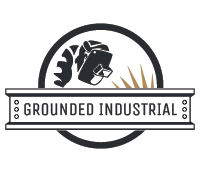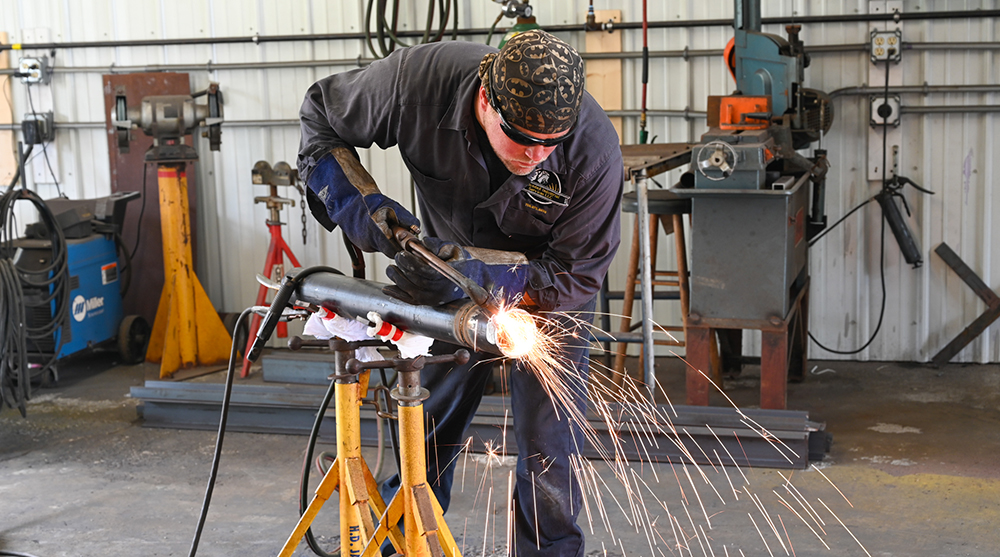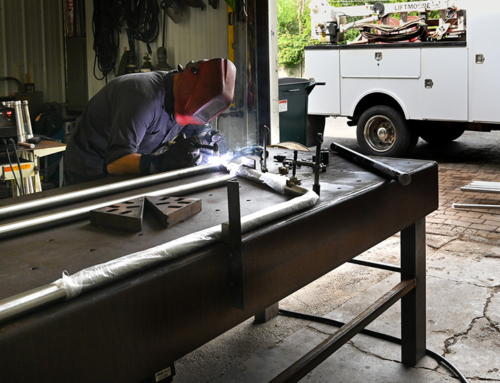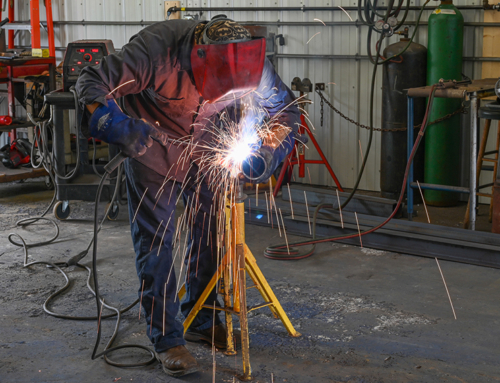Welding pieces of metal together is meant to form a strong, permanent bond between the two metals. When welds are missing or defective, serious problems can arise that compromise an entire structure’s integrity.
A skilled metal fabricator and welder is aware of the complex processes of bending, shaping, preparing, and joining, but we know that not all of our customers are up-to-speed on these details. Use this guide to help understand quality welding and why it’s so important.
What are Welding Defects?
A flaw or defect in a weld can compromise the quality of the weld, and therefore the quality of the finished product. Depending on the intended use of the finished product, there are codes and standards that apply to each weld’s quality. In most cases, some irregularities are acceptable as long as they do not exceed the limits stated in the code or standard that applies to the product. Once these limits are exceeded, the weld becomes defective.
There are several types of defective welds that are classified based on their location, size, and shape. Here are the most common types of welding defects and an approachable explanation of each:
- Inclusions. This happens when a piece of foreign matter becomes encased in the weld.
- Lack of Fusion. Just like it sounds, this one occurs when the two pieces are not fused properly.
- Porosity. This type of defect looks like little bubbles or holes in the weld and happens when gasses are trapped in the weld itself.
- Undercut & Underfill. These defects’ specifics are slightly different, but in simple terms, they occur when the weld metal fails to fill a grooved area completely.
- Cracks. This is a serious type of welding defect as it can cause the failure of the weld or the entire piece. Often, there is no acceptable limit for cracks.
- Excess. Either excess reinforcement or excess penetration, these defects refer to the presence of too much weld material.
- Over Roll & Overlap. When the weld material flows over the base material’s surface and fails to fuse with the base, we have overlap and over roll.
What Causes Welding Defects?
In short, welding defects occur when the base metals are not prepared properly or when the welder’s techniques are not applied correctly. To create a strong bond, preparation is key, and all surfaces must be clean and free from debris. Usually, surfaces are ground or sanded and then cleaned with an acetone-based solution.
Metal must also be hot for bonds to form, and if one or both sides of the piece are not heated, the weld will not bond properly. Even heating is also necessary to ensure a strong weld and to avoid distortion of the metal. When metal becomes distorted, the alignment of the pieces can shift and result in stress on the welded joint.
Annealing, or a gradual cooling of the metal, is also necessary to protect the integrity of the weld. In most cases, the weld area will be reheated to a lower temperature and cool slowly to reduce stress from the piece’s initial heating and cooling. Lastly, oxidation can disrupt the welding process if it’s not prevented through either gas shielding or the use of a flux rod that contains carbon.
Preventing Defective Products
Any reputable metal fabricator or welder will closely inspect their welds closely and individually to ensure that each one is up to standard. In most cases, defective welds can be repaired by applying the right remedial techniques.
However, spotting unacceptable welding defects takes a trained, experienced eye that knows what to look for. Once identified, the welder must know the proper technique to apply to correct the problem. That’s why it’s essential to choose your welder and metal fabricator carefully. Selecting a shop with skilled and experienced welders is the best way to ensure strong, reliable finished products for every project.
Start With the Right Team
The team at Grounded Industrial comes equipped with unmatched design, fabrication, and welding skills that can be deployed for mobile, on-site, and in-house projects. We take pride in delivering projects with the highest precision and quality while always following ASME and AWS industry standards. To learn more about our shop or to get your project started, contact us today.






